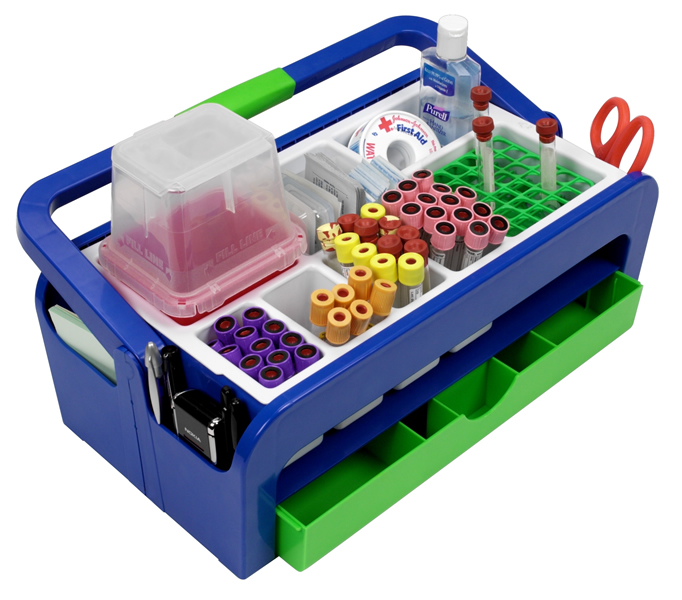Mastering phlebotomy: Your Essential Guide to Safe and Efficient Blood Draw Procedures
Phlebotomy is an essential skill in the healthcare field,and mastering this technique can considerably impact patient care. Whether you’re a seasoned phlebotomist or someone interested in learning more about blood draw procedures, understanding the fundamentals of safe and efficient practices is crucial. In this thorough guide, we will explore the key aspects of phlebotomy, including techniques, safety protocols, benefits, practical tips, and real-life case studies.
What is Phlebotomy?
Phlebotomy is the practice of drawing blood from a patient for diagnostic or therapeutic purposes. The blood drawn can be used for various tests, transfusions, or research. The role of a phlebotomist encompasses various responsibilities,including
- Preparing patients for blood draws.
- Performing venipunctures and capillary draws.
- Labeling and transporting specimens to the lab.
- Maintaining patient safety and comfort.
the Importance of Safe Blood Draw Procedures
Ensuring safety during blood draw procedures is vital for both the patient and the healthcare provider. Adhering to safety protocols helps prevent complications, including:
- Infection risks from contaminated equipment.
- Hematoma formation from improper technique.
- Patient discomfort and anxiety.
Essential Tools and Equipment for phlebotomy
Each blood draw procedure requires specific tools and materials to be triumphant and safe. Key phlebotomy supplies include:
| Equipment | Purpose |
|---|---|
| Needles | Collect blood from the vein. |
| Vacutainer tubes | Store and transport collected blood samples. |
| Tourniquet | Distend veins for easier access. |
| Alcohol swabs | Disinfect the skin before puncture. |
| Gloves | Maintain hygiene and prevent contamination. |
Steps to Perform a Blood Draw
Here’s a step-by-step guide to ensure a safe and efficient blood draw:
- Planning: Explain the procedure to the patient and address any concerns.
- Select Site: Choose the appropriate vein, usually in the antecubital fossa.
- Apply Tourniquet: Place a tourniquet 3-4 inches above the puncture site.
- Clean the Area: Use an alcohol swab to disinfect the skin.
- Insert Needle: Hold the skin taut and insert the needle at a 15-30 degree angle.
- Collect Blood: Attach the vacutainer tube and fill it to the required level.
- Withdraw Needle: Remove the needle gently and apply pressure to the site with gauze.
- Label Samples: Accurately label the samples before transporting them to the lab.
Benefits of Mastering Phlebotomy
Mastering phlebotomy offers several advantages for healthcare professionals:
- Enhanced patient care and satisfaction.
- Increased employability in the healthcare field.
- Ability to work in various healthcare settings, including hospitals, clinics, and labs.
- Opportunities for career advancement and specialization.
Practical Tips for Phlebotomy Success
Here are some actionable tips for successful blood draw procedures:
- Practice good communication skills to ease patient anxiety.
- Always follow the latest infection control guidelines.
- Continuously improve your technique through training and education.
- Stay organized and maintain an efficient workflow during draws.
case Studies: learning from Experience
Case Study 1: Successful Pediatric Blood Draw
A pediatric patient was anxious about getting blood drawn. The phlebotomist used a calming approach,explaining the process in simple terms and allowing the child to ask questions. By using distraction techniques, the phlebotomist successfully completed the draw with minimal discomfort.
case Study 2: Overcoming Vein Access Challenges
In a scenario with a patient having difficult veins, the phlebotomist utilized a warm compress to dilate the veins and chose an option site for the draw. This innovative approach resulted in a successful blood collection.
Conclusion
Mastering phlebotomy takes time, practice, and a commitment to safety and patient care. By following the proper procedures and learning from real-life experiences,you can enhance your skills and provide better care for your patients. As you embark on your journey in phlebotomy, keep these tips and guidelines in mind to ensure that every blood draw is safe, efficient, and compassionate.whether you’re just starting or looking to refresh your expertise, this essential guide equips you with the knowledge to excel in the field of phlebotomy.
